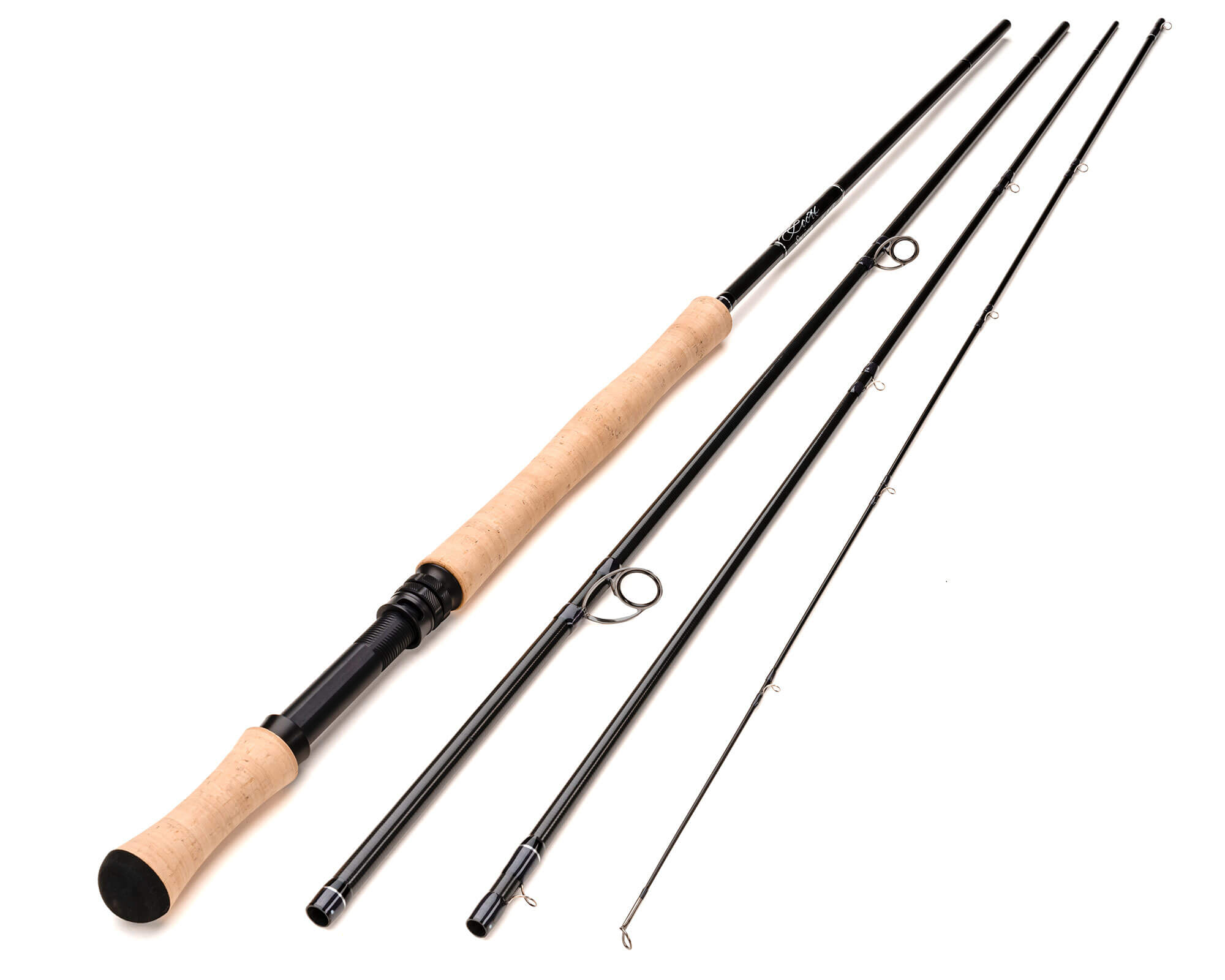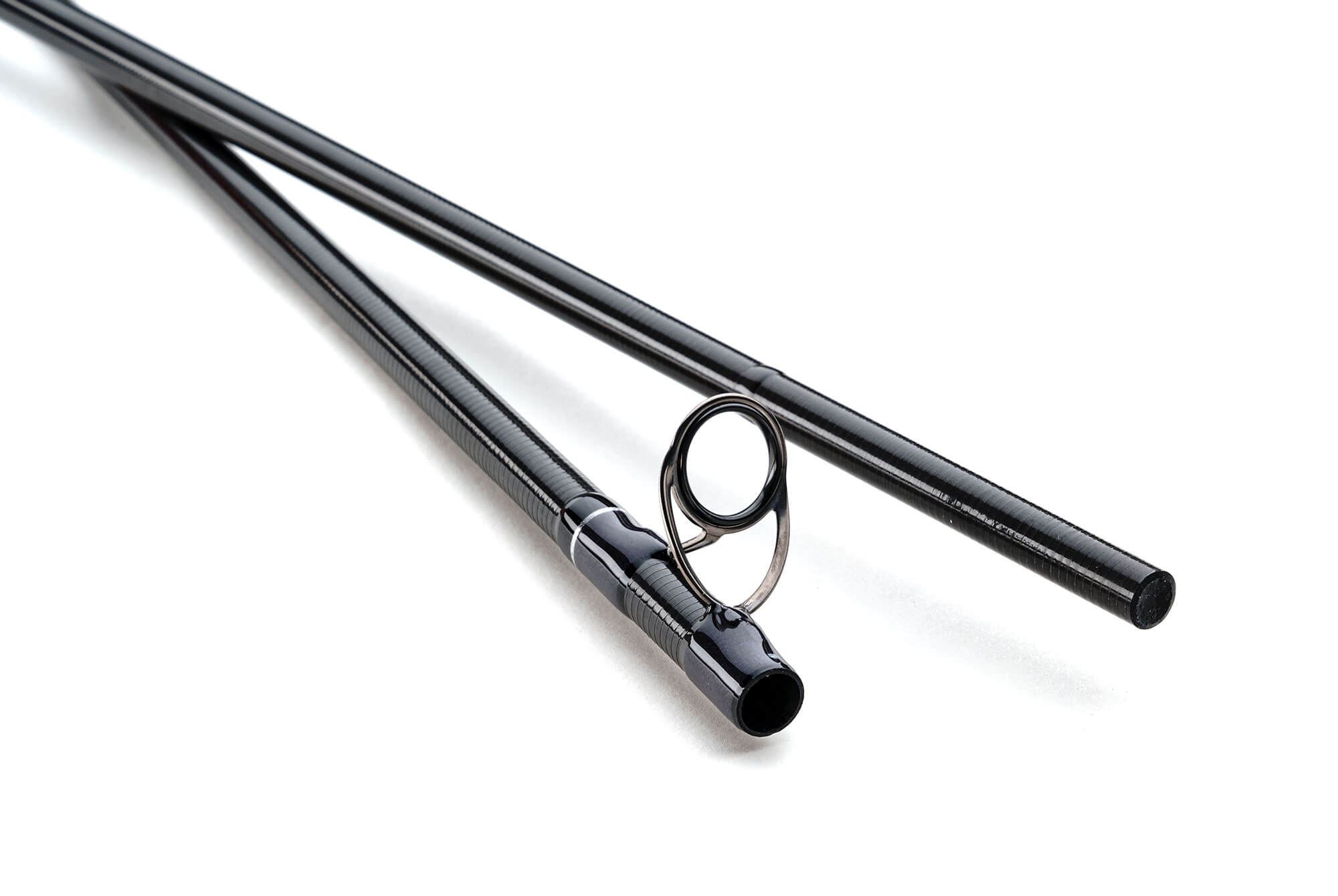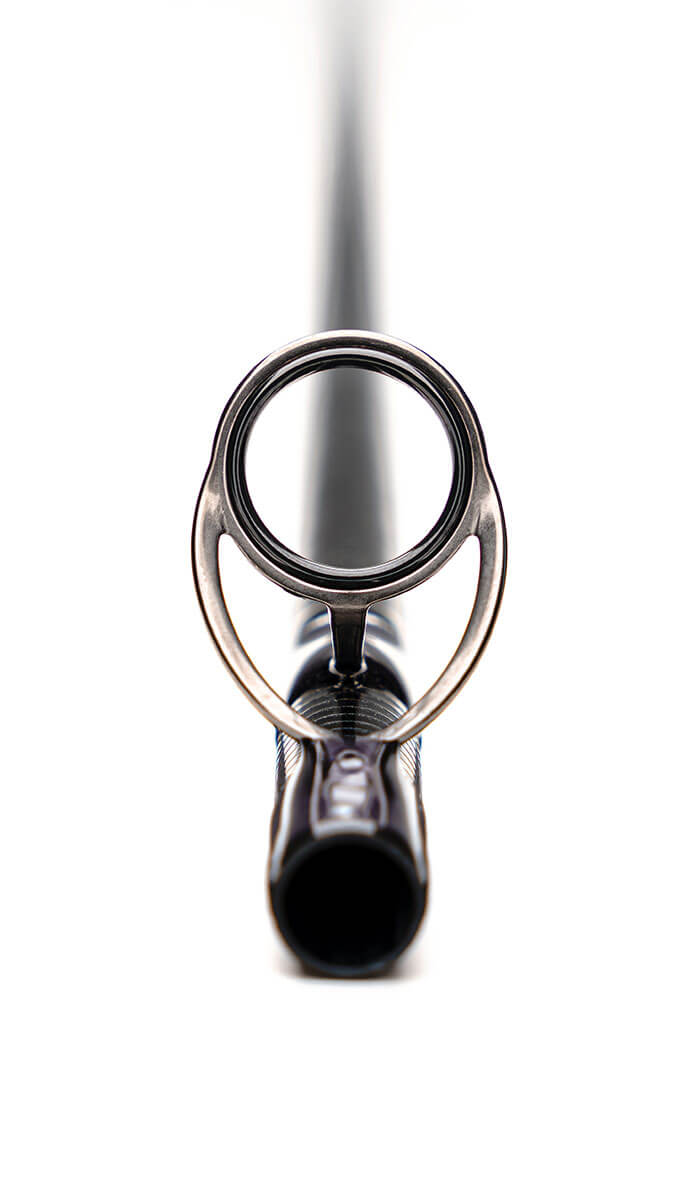$1,395.00
In stock
- Free US Shipping on Orders Over $200
- $75 International Shipping on Orders Over $600
Product Description
Scott Swing 1186-4 fly rod
11’8″ 6-weight, 4-piece, double handed fly rod
Comes with aluminum case and partitioned cloth liner
Recommendation from Rod Designer Jim Bartschi: Pure fun. This rod excels at all techniques in waters where shorter heads and casting distances are called for and fish are of average size. It’s super light in hand and transmits a ton of feel but maintains a high level of stability when changing casting direction or using sinking tips.
| Scott Swing Line Recommendations | |||||||
|---|---|---|---|---|---|---|---|
| Single Handed Rods | |||||||
| Line Wt | Grains | Grains | Grams | Grams | |||
| Light | Heavy | Light | Heavy | ||||
| 987/4 | 180 | 250 | 12 | 16 | |||
| 988/4 | 210 | 290 | 14 | 19 | |||
| Double Handed Rods | |||||||
| Line Wt | Grains | Grains | Grams | Grams | |||
| Light | Heavy | Light | Heavy | ||||
| 1184/4 | 270 | 325 | 18 | 21 | |||
| 1186/4 | 375 | 450 | 24 | 29 | |||
| 1286/4 | 375 | 450 | 24 | 29 | |||
| 1287/4 | 450 | 525 | 29 | 34 | |||
| 1387/4 | 450 | 525 | 29 | 34 | |||
| 1288/4 | 525 | 575 | 34 | 37 | |||
| 1389/4 | 575 | 650 | 37 | 42 | |||
| 1419/4 | 575 | 650 | 37 | 42 | |||
| 12810/4 | 650 | 725 | 42 | 47 | |||
| 14810/4 | 650 | 725 | 42 | 47 | |||
| 15110/4 | 650 | 725 | 42 | 47 | |||
| 16110/4 | 675 | 750 | 43 | 48 |






Reviews